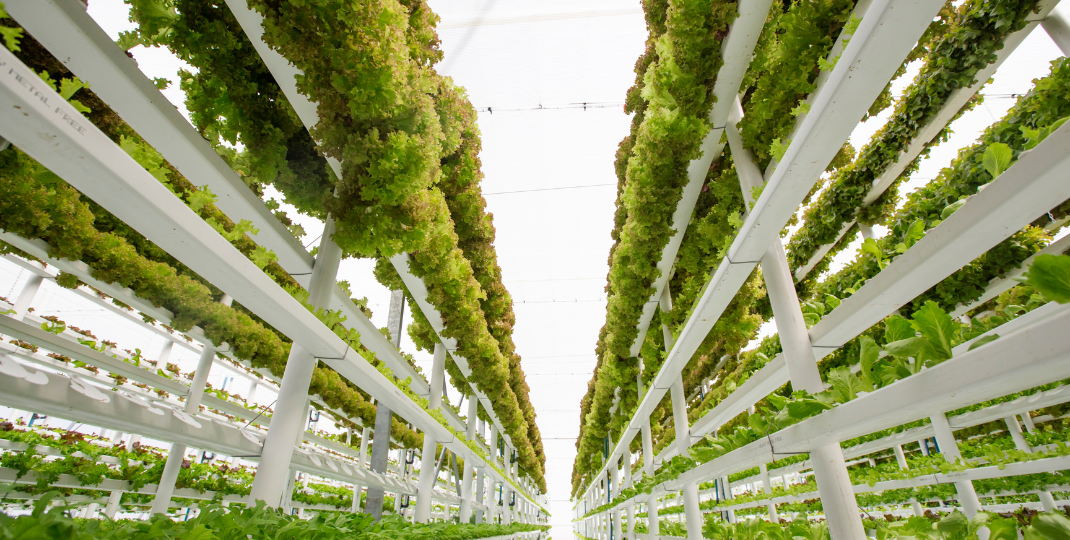Single cell protein algae, also known as SCP algae, is a type of microorganism that holds great potential as a sustainable and nutritious source of food. These microscopic algae, such as Chlorella and Spirulina, are rich in proteins, essential amino acids, vitamins, and minerals, making them a valuable supplement for human and animal consumption. With their ability to grow rapidly and efficiently using minimal resources like water and sunlight, SCP algae offer an environmentally friendly solution to the global challenges of food security and resource scarcity. This introductory paragraph aims to shed light on the promising characteristics and benefits of single cell protein algae as an alternative food source.

What is Single Cell Protein Algae?
Single cell protein (SCP) algae refers to the use of certain types of microalgae as a sustainable and nutrient-rich source of protein. These microalgae, such as Chlorella or Spirulina, are composed of single cells and are cultivated in large-scale bioreactors or open ponds, where they utilize sunlight, water, and carbon dioxide to grow. They have a high protein content, typically ranging from 50% to 70%, along with essential amino acids, vitamins, minerals, and other beneficial components. SCP algae holds great potential as an alternative protein source for human and animal consumption, as it can be produced rapidly, requires minimal land and water resources, and has a low environmental footprint compared to traditional protein sources like meat or soybeans.

How is single cell protein algae produced?
Single cell protein algae is produced through a process called cultivation. Algae, specifically microalgae or cyanobacteria, are grown in controlled environments such as tanks, ponds, or bioreactors. The cultivation process involves providing the algae with the necessary nutrients, including carbon dioxide, sunlight or artificial light, and nitrogen, phosphorous, and other minerals. These nutrients allow the algae to undergo photosynthesis and multiply rapidly. Once the algae biomass reaches a certain density, it is harvested and processed to extract the single-cell protein, which can be used as a sustainable food source for humans or animal feed.
What are the potential applications of single cell protein algae?
Single cell protein algae have a wide range of potential applications. Firstly, they can be used as a sustainable and nutrient-rich food source for humans and animals, addressing global food security challenges and reducing the reliance on traditional protein sources like meat and soy. Algae can also be utilized in biofuel production as they are highly efficient in converting CO2 into lipids that can be converted into biofuels. Additionally, single cell protein algae have great potential in pharmaceuticals and nutraceuticals due to their high content of bioactive compounds such as antioxidants and omega-3 fatty acids. Moreover, they can be employed in wastewater treatment to remove pollutants and excess nutrients from water bodies, contributing to environmental sustainability.
Can single cell protein algae be used as a sustainable alternative to traditional protein sources?
Yes, single cell protein algae can be used as a sustainable alternative to traditional protein sources. Algae have a high protein content and can be grown rapidly in various environments, including wastewater and saline water, without competing for arable land or freshwater resources. Additionally, algae can be cultivated using sunlight as an energy source and can absorb carbon dioxide, thus contributing to carbon sequestration. The production of single cell protein from algae requires less water, land, and energy compared to conventional animal farming, making it a more environmentally friendly option. Moreover, algae can be processed into various forms, such as powder or liquid, and incorporated into different food products, making it a versatile protein source that can help address the growing demand for sustainable and nutritious food.
Are there any health benefits associated with consuming single cell protein algae?

Yes, there are several health benefits associated with consuming single cell protein algae. Algae is rich in essential nutrients such as vitamins (A, C, E, and K), minerals (iron, calcium, and magnesium), omega-3 fatty acids, and antioxidants. These nutrients have been linked to various health benefits including improved heart health, boosted immune function, reduced inflammation, enhanced brain function, and improved skin health. Additionally, single cell protein algae is a complete protein source, containing all the essential amino acids required by the human body. This makes it a valuable alternative protein option for vegetarians, vegans, and individuals with allergies or intolerances to other protein sources.

What are the environmental implications of large-scale production of single cell protein algae?
The large-scale production of single cell protein (SCP) algae has several environmental implications. Firstly, the cultivation of algae requires significant amounts of water and energy, which can strain local resources and contribute to greenhouse gas emissions. Additionally, the use of fertilizers and pesticides in algae farming may lead to nutrient runoff and water pollution, negatively impacting aquatic ecosystems. Moreover, the expansion of algae farms can encroach upon natural habitats and biodiversity, potentially disrupting local ecosystems. Lastly, the disposal of waste biomass from SCP algae production should be carefully managed to avoid further environmental degradation. Overall, while SCP algae production offers a promising source of sustainable protein, it is important to mitigate its potential environmental impacts through responsible farming practices and waste management strategies.
How does the taste and texture of single cell protein algae compare to other protein sources?
The taste and texture of single cell protein algae can vary depending on the specific type of algae and how it is processed. Generally, single cell protein algae has a mild and slightly nutty flavor. In terms of texture, it can range from smooth and creamy to slightly grainy or gelatinous. When compared to other protein sources like meat, poultry, or legumes, algae protein has a unique taste and texture profile. It is often described as lighter and more delicate, with a less pronounced taste. Additionally, algae protein can provide a smooth mouthfeel and can be easily incorporated into various food products.

What are the challenges and limitations in commercializing single cell protein algae?

Commercializing single cell protein algae faces several challenges and limitations. Firstly, there are technical hurdles in scaling up production to meet commercial demands, as maintaining consistent growth conditions and optimizing yield can be complex. Additionally, the high water and energy requirements for large-scale cultivation pose environmental and cost constraints. Moreover, there is limited consumer acceptance and unfamiliarity with consuming algae-based products, which may hinder market adoption. Furthermore, regulatory frameworks and labeling requirements need to be developed to ensure safety and quality standards. Lastly, the competitive landscape of alternative protein sources and the perception of taste and texture by consumers present additional obstacles for successful commercialization of single cell protein algae.
Exploring the Potential of Single Cell Protein Algae as a Sustainable Food Source
In conclusion, single cell protein algae holds immense potential as a sustainable and efficient source of nutrition for both human and animal consumption. Its ability to grow rapidly in various environments, utilizing minimal resources, makes it an attractive solution in addressing the global food and feed security challenges we face today. Furthermore, its high protein content, essential amino acids, vitamins, and minerals make it a valuable alternative to traditional protein sources. As research and technological advancements continue to enhance the production and utilization of single cell protein algae, it has the potential to revolutionize the way we approach food production and contribute significantly to achieving a more sustainable future.
